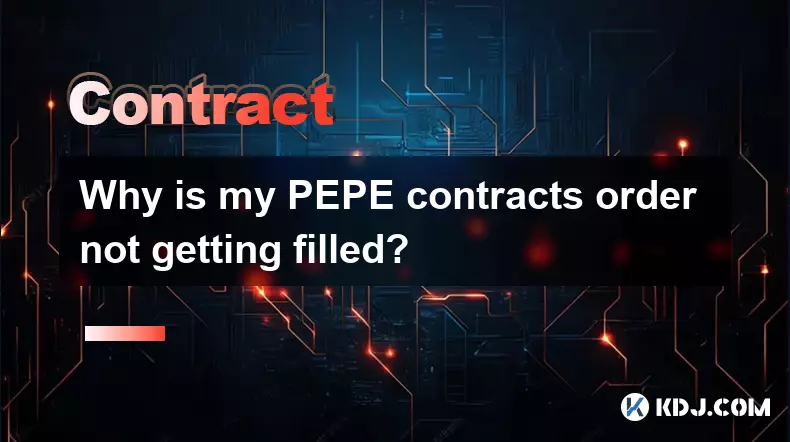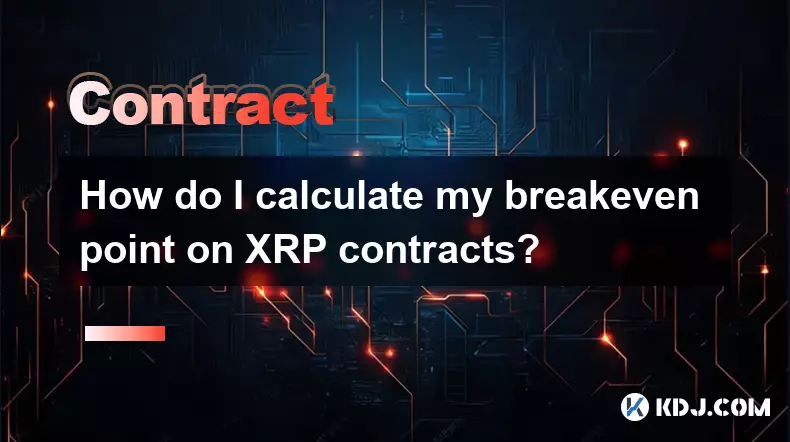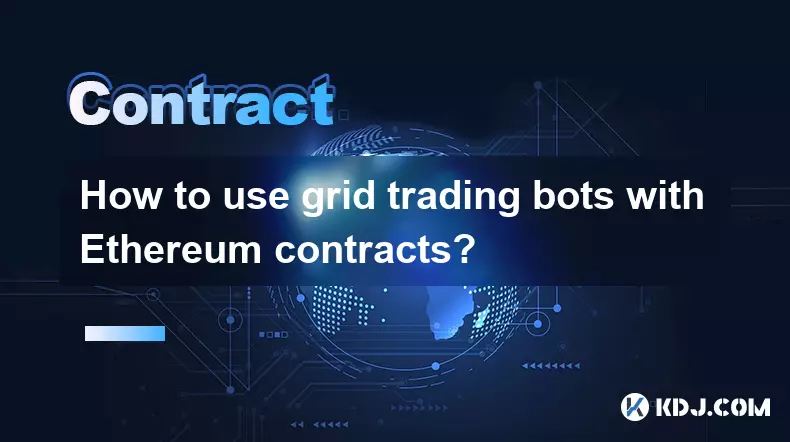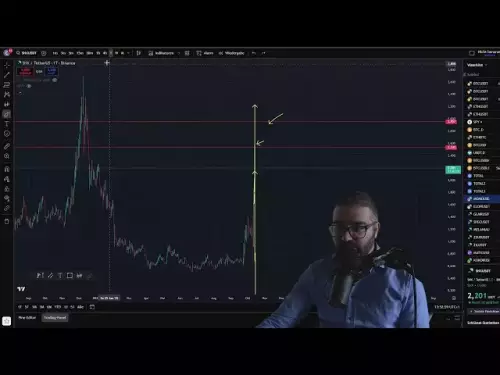-
 bitcoin
bitcoin $115692.075601 USD
5.13% -
 ethereum
ethereum $4162.931611 USD
11.68% -
 bnb
bnb $1310.063287 USD
17.56% -
 tether
tether $1.000983 USD
0.00% -
 xrp
xrp $2.534505 USD
8.16% -
 solana
solana $198.235737 USD
13.49% -
 usd-coin
usd-coin $1.000236 USD
0.02% -
 dogecoin
dogecoin $0.207352 USD
12.89% -
 tron
tron $0.323043 USD
3.62% -
 cardano
cardano $0.701559 USD
11.88% -
 hyperliquid
hyperliquid $39.924597 USD
8.30% -
 chainlink
chainlink $18.934457 USD
11.56% -
 ethena-usde
ethena-usde $1.000552 USD
0.02% -
 stellar
stellar $0.340575 USD
7.05% -
 bitcoin-cash
bitcoin-cash $545.011757 USD
8.86%
What are quarterly futures for Ethereum contracts?
Ethereum quarterly futures offer institutional-grade, cash-settled contracts with fixed expiry dates, enabling hedging, price discovery, and leveraged exposure without owning ETH.
Oct 11, 2025 at 02:19 pm

Understanding Quarterly Futures in the Ethereum Ecosystem
1. Quarterly futures for Ethereum are derivative contracts that settle on a predetermined date at the end of each quarter—March, June, September, and December. These instruments allow traders to gain exposure to the price of Ethereum without holding the underlying asset. They are standardized and traded on regulated exchanges such as CME or Deribit, offering transparency and reduced counterparty risk.
2. Unlike perpetual swaps, which have no expiration, quarterly futures cease trading on a specific settlement date. This fixed maturity makes them ideal for institutional investors and hedgers who need long-term positions aligned with fiscal cycles. The pricing reflects market expectations for Ethereum’s value at the contract's expiry.
3. The structure includes a funding mechanism only until expiration, eliminating ongoing funding fees. Traders can go long or short based on their market outlook. As the settlement date approaches, the futures price typically converges with the spot price of Ethereum due to arbitrage activity.
4. These contracts are cash-settled, meaning no physical delivery of ETH occurs. Instead, profits or losses are calculated in stablecoins or fiat and credited to the trader’s account upon expiry. This simplifies participation, especially for entities restricted from holding digital assets directly.
5. Volume in quarterly futures often spikes during macroeconomic events or anticipated network upgrades, reflecting their role as sentiment indicators. Their open interest provides insight into longer-term positioning compared to daily or weekly derivatives.
Key Advantages of Ethereum Quarterly Futures
1. Institutional adoption is facilitated by the regulatory compliance and auditability of quarterly futures. Major financial players prefer these instruments over unregulated spot markets due to clearer legal frameworks and reporting standards.
2. Portfolio managers use these contracts to hedge against volatility during critical periods, such as earnings seasons or global monetary policy shifts. The ability to lock in prices months in advance supports strategic capital allocation.
3. Price discovery benefits from the inclusion of diverse participants, including traditional finance firms and crypto-native funds. The convergence of spot and futures prices enhances market efficiency and reduces manipulation risks.
4. Leverage options vary by platform but commonly range from 2x to 20x, enabling capital-efficient strategies. Risk management tools like stop-loss orders and liquidation protections are integrated into most exchange interfaces.
5. Transparency in order books and trade history allows for technical analysis tailored to futures-specific behavior. Metrics such as basis spread (difference between futures and spot) help identify overbought or oversold conditions.
Risks and Market Dynamics
1. Liquidity can be uneven across different quarters, with front-month contracts typically more active. Thinly traded deferred contracts may suffer from slippage and wider bid-ask spreads, impacting execution quality.
2. Contango and backwardation cycles influence returns. When futures trade above spot (contango), long positions face negative roll yield if they extend exposure beyond expiry. Conversely, backwardation rewards holders rolling into cheaper contracts.
3. Black swan events, such as flash crashes or regulatory crackdowns, can trigger cascading liquidations in leveraged futures positions. Circuit breakers and price limits on major exchanges aim to mitigate such disruptions.
4. Funding imbalances do not apply to quarterly futures, distinguishing them from perpetuals. However, premium deviations still occur and attract arbitrageurs who help align valuations across markets.
5. Regulatory scrutiny remains a persistent concern. Jurisdictions like the U.S. classify Ethereum futures under commodity laws, while others impose restrictions on retail access, affecting global participation rates.
Frequently Asked Questions
What determines the settlement price of an Ethereum quarterly future?The settlement price is usually calculated using a volume-weighted average of trades on the underlying spot market during a specified window before expiry. Exchanges publish exact methodologies, often referencing trusted data aggregators to prevent manipulation.
Can retail traders participate in quarterly futures markets?Yes, many crypto derivatives platforms offer quarterly futures to retail users, provided they meet jurisdictional and KYC requirements. Access depends on local regulations; some countries restrict or ban derivatives trading for non-professional investors.
How do quarterly futures differ from options on Ethereum?Futures obligate the holder to buy or sell at expiry, while options give the right—but not the obligation—to execute the contract. Options require payment of a premium, whereas futures involve margin deposits and potential unlimited liability.
Are there tax implications specific to trading Ethereum futures?Tax treatment varies by country. In the U.S., futures fall under Section 1256, allowing 60% long-term and 40% short-term capital gains rates regardless of holding period. Other jurisdictions may treat gains as ordinary income or assess VAT, requiring careful recordkeeping.
Disclaimer:info@kdj.com
The information provided is not trading advice. kdj.com does not assume any responsibility for any investments made based on the information provided in this article. Cryptocurrencies are highly volatile and it is highly recommended that you invest with caution after thorough research!
If you believe that the content used on this website infringes your copyright, please contact us immediately (info@kdj.com) and we will delete it promptly.
- XRP Price Prediction: Weekend Rollercoaster or Rally?
- 2025-10-12 08:45:16
- Bittensor (TAO): Super Bullish Signals Point to Potential 2x Rally
- 2025-10-11 10:25:12
- Silver Price Correction: Navigating the Dip & Identifying Key SEO Keywords
- 2025-10-11 10:25:12
- Decoding Crypto Trends: Bittensor's Bull Run, Cardano's Dip, and LivLive's Presale Buzz in 'Uptober 2025'
- 2025-10-12 08:45:16
- MoonBull: The Crypto Meme Coin Promising 1000x Gains?
- 2025-10-11 10:30:01
- Crypto Payroll Revolution: Stablecoins, Altcoins, and the Future of Salary Payments
- 2025-10-11 10:30:01
Related knowledge

How to calculate the ROI for Ethereum contracts?
Oct 09,2025 at 04:36pm
Understanding Ethereum Contract ROI Basics1. Return on Investment (ROI) for Ethereum contracts begins with tracking the initial capital deployed into ...

What is the best risk-to-reward ratio for XRP contracts?
Oct 11,2025 at 04:18am
Understanding Risk-to-Reward in XRP Futures Trading1. The risk-to-reward ratio is a fundamental metric used by traders to evaluate the potential profi...

Why is my PEPE contracts order not getting filled?
Oct 12,2025 at 06:01pm
Understanding Liquidity Issues in PEPE Contracts1. Low liquidity is one of the primary reasons a PEPE contract order may not get filled. Many meme-bas...

Is it better to trade Dogecoin contracts or spot?
Oct 12,2025 at 04:54pm
Understanding Dogecoin Spot Trading Mechanics1. Spot trading involves the direct purchase and ownership of Dogecoin at the current market price. Trade...

How do I calculate my breakeven point on XRP contracts?
Oct 09,2025 at 08:36pm
Understanding the Breakeven Point in XRP Futures TradingCalculating the breakeven point for XRP contracts is essential for traders who engage in futur...

How to use grid trading bots with Ethereum contracts?
Oct 12,2025 at 05:01am
Understanding Grid Trading Bots in the Context of Ethereum1. Grid trading bots operate by placing a series of buy and sell orders at predetermined pri...

How to calculate the ROI for Ethereum contracts?
Oct 09,2025 at 04:36pm
Understanding Ethereum Contract ROI Basics1. Return on Investment (ROI) for Ethereum contracts begins with tracking the initial capital deployed into ...

What is the best risk-to-reward ratio for XRP contracts?
Oct 11,2025 at 04:18am
Understanding Risk-to-Reward in XRP Futures Trading1. The risk-to-reward ratio is a fundamental metric used by traders to evaluate the potential profi...

Why is my PEPE contracts order not getting filled?
Oct 12,2025 at 06:01pm
Understanding Liquidity Issues in PEPE Contracts1. Low liquidity is one of the primary reasons a PEPE contract order may not get filled. Many meme-bas...

Is it better to trade Dogecoin contracts or spot?
Oct 12,2025 at 04:54pm
Understanding Dogecoin Spot Trading Mechanics1. Spot trading involves the direct purchase and ownership of Dogecoin at the current market price. Trade...

How do I calculate my breakeven point on XRP contracts?
Oct 09,2025 at 08:36pm
Understanding the Breakeven Point in XRP Futures TradingCalculating the breakeven point for XRP contracts is essential for traders who engage in futur...

How to use grid trading bots with Ethereum contracts?
Oct 12,2025 at 05:01am
Understanding Grid Trading Bots in the Context of Ethereum1. Grid trading bots operate by placing a series of buy and sell orders at predetermined pri...
See all articles










































































